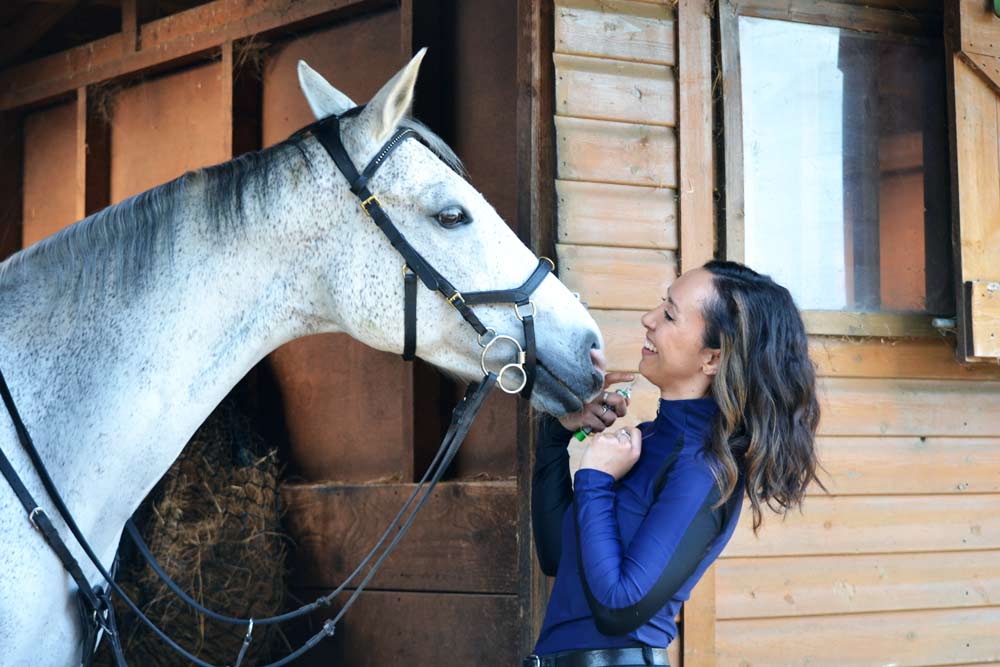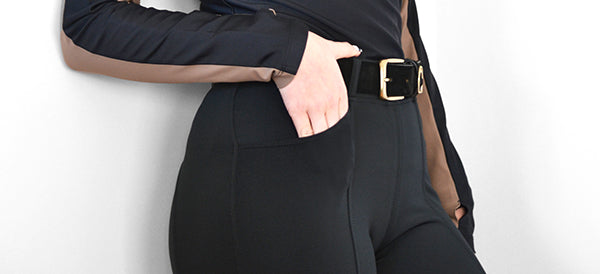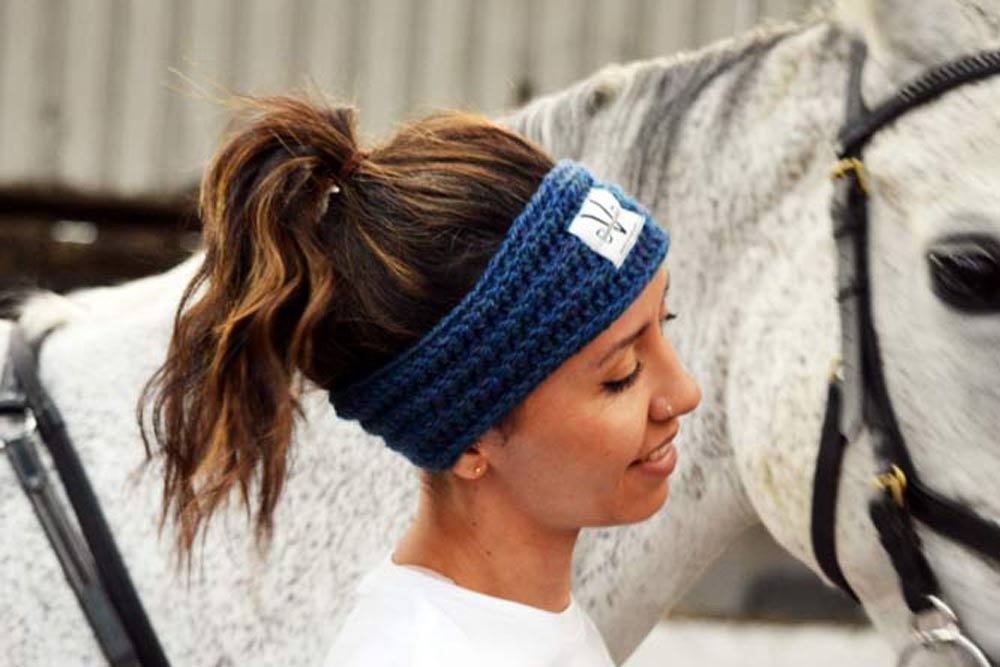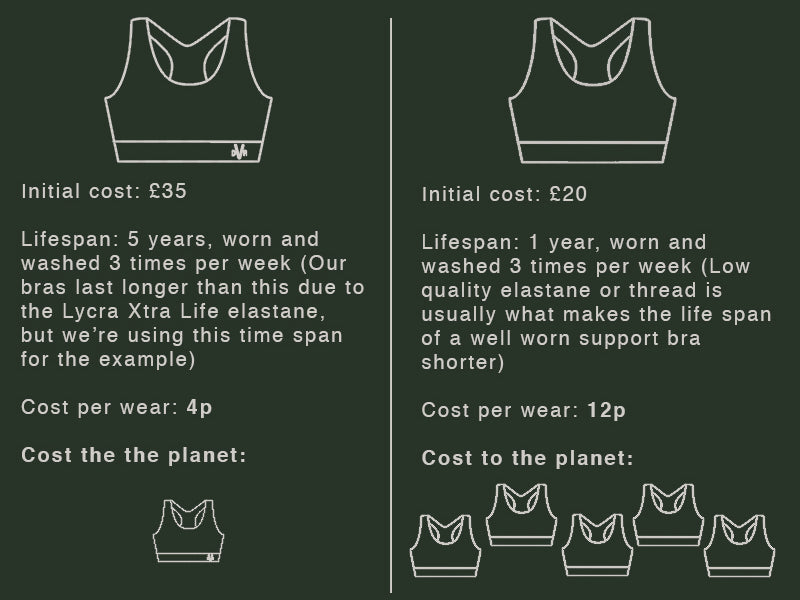How To Plait Your Horse For The Occasion
Plaiting is often necessary for competing, so it’s important to learn various rules regarding it, including which types are required for each show and the meaning of differently coloured ribbons on a horse’s tail. Plaiting is not only smart, but it can help your horse to make their neck conformation look better.
.

.
Dressage Braids
.
Golf ball plaits (also known as dressage braids) are small, simple plaits, rolled up into neat balls to line the horse’s neck.
.
Plaits should always be on the right side of the horse, so if the mane is not yet on this side, use a comb and mane and tail detangler spray to brush it over.
.
Once this is done, comb through the mane with a little water and separate into an odd number of sections, from 9-13. Ideally, bath your horse the day before the show, and wash their mane then, so it is clean but not too slippery to plait the next day.
.
Tightly braid each section and fasten with a rubber plaiting band. Roll this up until it is in a slightly flattened ball on your horse’s neck. If the plaits need to be undone quickly, it is advisable to use another band to fasten it, however you can instead use a needle and thread to do so, as it is less likely to fall out.
.
You can repeat this process until the whole mane is plaited and then plait the forelock the same way as if it were a section of the mane. This type of plait is most commonly used for dressage and some choose to use this plait for showjumping, although this is not required to enter the class.
.

.
Hunter Braids
.
Another commonly used plait for the mane is a hunter braid.
This is used when hunting and is essentially a more complicated version of the previous plait, using yarn to tie up the plaits, and between 30-40 individual braids. It used to be used when farming to keep the mane away from the equipment so it didn’t get caught. It is advised to take the plaits out overnight so the horse doesn’t rub them and lose some of it’s mane.
.
 .
.Banding
.
Banding your horse’s mane is most commonly used in western events to organise the mane so it lies flat on their neck. It is recommended to set aside about an hour to band the mane, but if you need to trim the mane so it isn’t full length then leave more time.
.
Start by choosing the correct colour band for your horse. If you own a grey, use a white band, as this’ll match the hairs. However, if you own anything darker than this, black bands are advisable as there will be black hairs in the mane too. Separate the mane into small sections that have the same amount of hair in.
.
Tie the band close to the base of the mane so that you can achieve a straight line of bands once finished. Make sure it is tight enough to hold but not overly tight as this will ruin it. To make it tighter, pull the mane below the band so it rises a little and tightens. This will also help straighten the bands. Once finished, trim the mane by measuring 3 fingers away from the bands. This helps the neck look longer.

French Braid
.
A running/ french braid is a quick and easy way to plait your horse’s mane. It’s a good braid to use with a long main, as the plait runs down the neck and will still be neat.
.
Collect three sections at the beginning of the mane and fold them over each other once, then start adding hair from the rest of the mane.
.
Make sure the plait is as high as possible by tightening it and therefore pulling it upwards.
.
Once the whole mane is included, continue plaiting downwards, without adding anything extra until you reach the bottom, where you can tie it with a band.
.

.
Curtain Braids
.
Curtain braids are not exactly braids, but a technique used in a western show ring to make the horse’s mane look pretty. It is styled by bringing sections of the mane together and then separating them, to create a diamond pattern. They are mostly fastened using white bands and are ideal for thick, long manes.
.

.
Tail Plaiting
.
Plaiting your horse’s tail is great for competing as it collects up the hairs around the dock, leaving it looking much more professional.
.
Start by brushing through the tail until it is clean and tangle-free.
.
Collect three small sections in the centre of the tail and tightly braid, adding new hair on either side of the main plait.
.
Continue until you are about two thirds of the way down your horse’s dock, and then keep plaiting, just do not add any more strands of the tail.
.
Once you’ve reached the end of those strands, fasten it with a rubber band and fold it under itself until it only reaches the end of the dock.
.

.
Tail Ribbons
.
What do tail ribbon colours mean?
At various competitions, you may see differently coloured ribbons tied at the top of some horses' tails. These are helpful so that you know which horses to give more space/ avoid at the show ground/ in the warm up arena.
.
A red ribbon usually means that the horse kicks, so it is a warning to not get too close behind them.
.
A green ribbon signifies that it is a young and green horse, so it is wise to leave it some extra space as it may be excited or naughty.
.
If your horse is a stallion, braid a blue ribbon into its tail, as this will show other riders that he may be unpredictable and riders with mares would keep away from him. .
A white ribbon shows that that horse is for sale, and if you are looking for a new horse this is a good way to watch them competing.
.
Written by Rosa Bayliss
Illustrated by Danielle Reynolds









Leave a comment